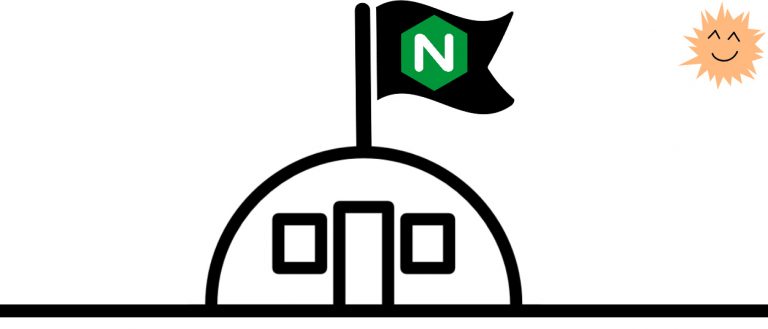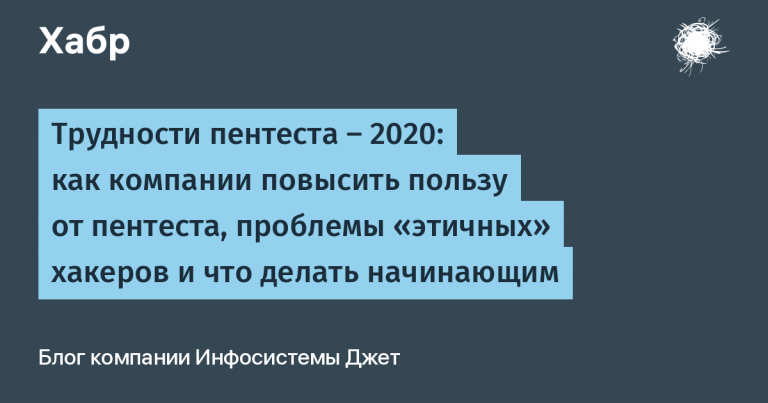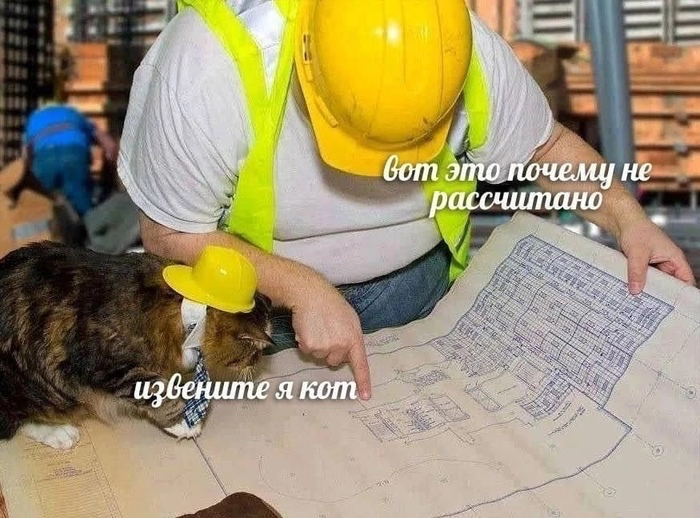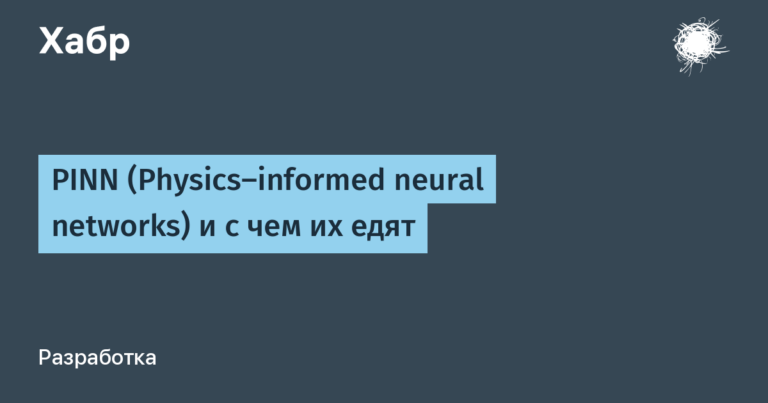a brief history of osmium
At the same time, in recent years, organics have been the leader in world patents for the production of solid-state microelectronic devices (H10K). Examples are light-emitting elements and devices based on organometallic, in particular polycyclic, amide compounds: KR20230127392A; KR20230139909A; KR20230112786A; US20230380258A .
In 2023, the most popular topic was climate protection in various technological processes, such as biological treatment (IPC code Y02P). Examples are organic osmium (CN115960142A), lithium-ion batteries (CN117317138A), recycling of noble metals, including osmium, from industrial wastewater (CN116622995A).
We have compiled a schedule for patenting microelectronic devices (H10K) for 2004-2024. (picture 1).
Figure 1: Number of patents for osmium for microelectronic devices in the world for 2004-2024, units.

The vast majority is devoted to computer displays based on electroluminescence of organometallic compounds. Let us comment on the two peaks of patenting in Figure 1 (in 2014 and 2021): two waves indicate 2 generations of metal-organic displays.
Russian Patents
In the FIPS database for “osmium” (key word in the abstract) there are 128 Russian patents for inventions, of which only 28 are active. This is a very low figure compared to popular metals such as chromium! You can look and compare statistics on ruthenium, tantalum or India.
In the “process technologies, B” section there are 9 patents, all of them are devoted to catalysts, for example in ammoxidation processes – No. 2690512, reforming No. 2547466, etc.
In the section “chemistry and metallurgy of osmium, C” there are 20 patents, mainly alloys with osmium additives of various compositions for a wide range of applications, primarily catalysts (see above).
In the “electricity H” section there are only 2 patents: magnetron (No. 2528982) and cathode (No. 2724980).
So, patents for inventions in the Russian Federation with osmium are devoted mainly to catalysts for chemical synthesis and biochemical devices. On microelectronics — no one!
There are 8 patents of the Russian Federation for utility models, not a single one is valid.
There are no computer programs for the word “osmium” registered in the Russian Federation.
There are also no databases and topologies of integrated circuits in the Russian Federation for osmium.
Conclusion
Osmium was actively researched in the 2000s-2010s for use in displays. The South Koreans showed particular activity during that period. Russian efforts in this direction are negligible; really, why do anything if you can buy it in the East?
At the same time, there is clearly a catastrophic lag behind world leaders. This looks especially scary in the field of metal-organic displays.
Useful from Online Patent:
→ What is the Register of Domestic Software?
→ Can a foreign company enter its program into the Register of Domestic Software?
→ How IT companies can maintain zero VAT and get included in the Register of Domestic Software





